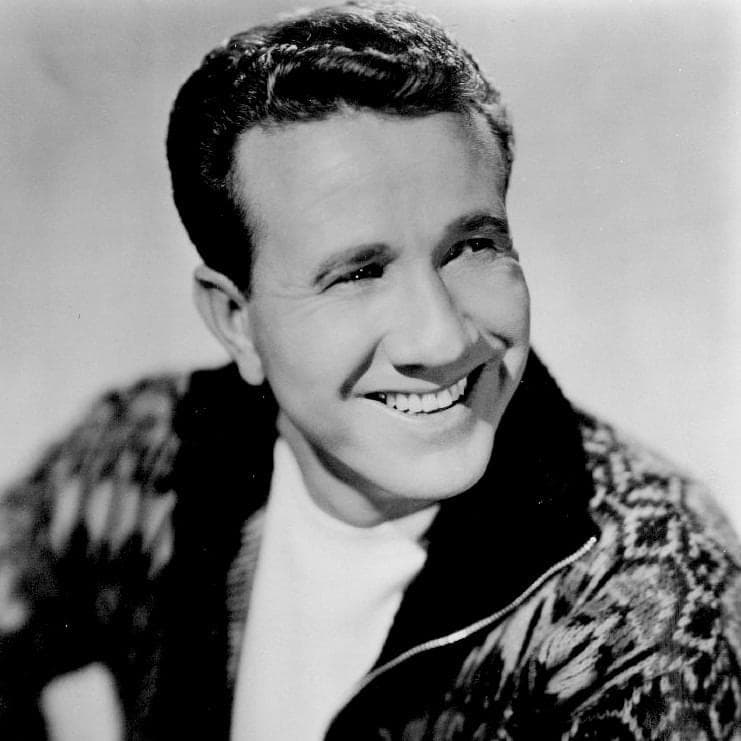
A Voice of Calm in a Changing World — The Timeless Resonance of “Don’t Worry”
When Marty Robbins released “Don’t Worry” in 1961, the world of country music was standing at a crossroads between tradition and innovation. Issued as a single from his album Marty Robbins’ Greatest Hits, the song became one of his most enduring achievements, reaching No. 1 on the Billboard Hot Country and Western Sides chart and crossing over to the Top 5 on the Billboard Hot 100 — a rare feat for a country artist at the time. Its success was not only a triumph of heartfelt songwriting but also a quiet revolution in sound. By pure accident, a technical malfunction in the recording studio produced a distorted, “fuzzy” guitar tone that would later be recognized as one of the first instances of fuzz guitar on record — a sound that would ripple through the fabric of rock and country music alike.
At its heart, “Don’t Worry” is an anthem of reassurance delivered in the gentlest of voices. Robbins, known for his smooth baritone and narrative sincerity, inhabits the song like a confidant whispering to a loved one through life’s uncertain moments. The lyrics, penned by Robbins himself, unfold as a conversation between care and faith — a tender plea to let go of fear, to trust that love will hold steady even when the world seems to falter. There is no grand gesture here, no fiery declaration — only the quiet strength of a man choosing kindness over despair. This emotional subtlety, rendered with Robbins’ signature grace, reveals why the song resonated so deeply with audiences of every stripe.
Musically, the song’s construction is deceptively simple yet profoundly evocative. The gentle rhythm section gives space for the voice to linger, allowing every syllable to breathe and every note of steel guitar to sigh like wind through the prairie. And then there’s the accidental magic — that distorted bass line born of a malfunctioning amplifier, captured instead of corrected. Where lesser artists might have scrapped the take, Robbins and his producer chose to keep it. That decision transformed a studio mishap into a historic innovation, foreshadowing the sonic experimentation that would later define the rock era. The fuzz became a heartbeat of sorts — imperfect, human, and strangely comforting — much like the message of the song itself.
But what endures most about “Don’t Worry” is not its place in technological history, nor even its chart-topping success, but the spirit it carries. In Robbins’ hands, reassurance becomes a sacred act — a melody of hope sung against the noise of doubt. His voice, steady and unhurried, turns the simple phrase “don’t worry” into something eternal, a promise that the heart can rest even when the road ahead is unknown. More than six decades later, the song remains a gentle refuge — a reminder that sometimes, the most profound strength lies in quiet faith and the calm that love alone can give.